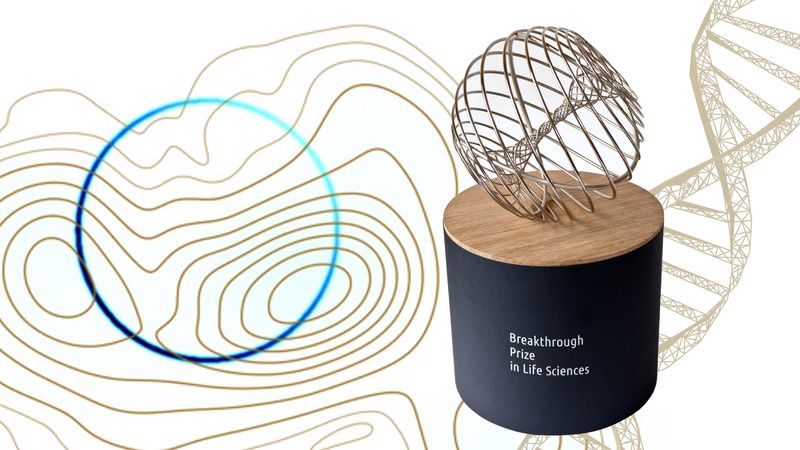Blood is critical, loose too much and you probably will be knock-knock-knockin' on heaven’s door. Despite this life source being so critical, little is actually known about some aspects of blood production. Now, a research team has discovered it is all to do with the SOX17 protein interacting with the gene Raspin1.
One protein that is shrouded in mystique is SOX17, which is a transcription factor – a protein that controls whether a gene is active and regulates activities. It is known that blood cells are generated by hematopoietic stem cells (HSCs), and it is thought that SOX17 is important to the development of HSCs. When SOX17 is expressed in clusters of cells in the dorsal aorta, the HSCs seem to follow and first develop in mice at 10.5 embryonic days.
Now, through RNA-sequencing analysis, a research team has analyzed these clusters to reveal a bit more about SOX17's role. The team analyzed two very similar populations of cells, one that expressed SOX17 and the other that did not.
“One gene that stood out during RNA-sequencing analysis was Rasip1,” explains first author Gerel Melig, from the Tokyo Medical and Dental University (TMDU), in a statement. “This gene is known to be a regulator in vascular cells, which line the blood vessels.”
When investigated further, they found that SOX17 needs to bind to the enhancer element of the Raspin1 gene to activate it. The team both knocked down and overexpressed the gene to see what would happen.
When Raspin1 was knocked down, it resulted in fewer clusters of cells with blood production activity. When the gene was overexpressed, the opposite happened, where more blood production occurred.
“We therefore have proposed a model of early hematopoiesis, in which SOX17 induces the expression of Rasip1, leading to the development of HSCs and associated hematopoietic activity in intra‑aortic hematopoietic cell clusters,” says senior author of the paper, Tetsuya Taga.
This study is important in understanding how blood is produced, as blood formation occurs during embryonic development and throughout adulthood. Research into this will help identify the mechanisms and molecules involved, which in turn will help increase our knowledge of the underlying processes behind blood disorders and cancer.
This paper is published in the journal Inflammation and Regeneration.




